
Selbach mac Ferchar
Selbach of DálRiata

Dál Riata was the Gaelic-speaking kingdom that straddled Argyll and Antrim, taking in the southern Hebrides and most of the western half of Scotland at one time. It had a number of kings who were heads of cenéla, or ‘kin groups’. These leaders in turn recognised the supremacy of an over-king. King William “The Lion” reigned when this area was mainly an Irish Gaelic speaking area. The King traditionally drawn from southern regions such as Kintyre. One of the most notable men to break this tradition was Selbach mac Ferchar.
Selbach hailed from Lorn in the north. It lay at the opposite end of the Great Glen from Fortriu, chief kingdom of the Picts. Lorn’s royal centre was probably Dunollie (Dún Ollaigh), near present-day Oban. Here was also an important trading site, where merchants from Gaul rubbed shoulders with Gaels and Picts.
Lorn was home to Cenél Loairn, ‘the kindred of Loairn’, which was divided into three smaller cenéla: Cenél Salaich, Cenél Cathboth and Cenél nEchdach. At the opening of the eighth century Cenél Cathboth probably held Dunollie for in 701/702 the kindred was slaughtered and Dunollie destroyed. The culprit was Selbach, a Cenél nEchdach dynast. His father Ferchar Fota, ‘Ferchar the Tall’, had enjoyed power in Lorn and possibly over Dál Riata as a whole. Upon Ferchar’s death in 696/697 his son, Ainbcellach, had succeeded him. His reign lasted but a year before he was driven into Irish captivity, probably by Cenél Cathboth. So through one act of aggression Selbach had reclaimed his birthright and avenged his brother.

Dál Riata seems to have been engaged in intermittent warfare with the Britons during this time. They were likely the Britons of the Clyde whose kingdom, Alt Clut, was centred on Dumbarton Rock. In 705 a Dalriadan war-band was massacred in Glen Leven, possibly around Inverarnan at the northern tip of Loch Lomond. Selbach probably led the fightback that toppled the Britons at the unidentified Lorg Ecclet in 711. Victory may also have subdued Alt Clut’s Dalriadan allies – Cenél Comgaill, of Cowal.
Capitalising on this, Selbach led what must have been a major invasion of Kintyre the following year. Here he crushed the powerful Cenél nGabráin, laying siege to the probable royal seat of Dunaverty (Aberte) at the penisula’s southern tip, and burning the strategic site of Tarbert (Tairpert Boiter). Here he must surely have won supremacy over the ruling class the Corcu Réti: the Cenél nGabrain and Cenél Comgaill kindreds of Kintyre and Cowal. If he hadn’t been king of Dál Riata before, he was now.

Dál Riata.
Two years later he rebuilt Dunollie. Perhaps he needed a royal site that matched his stature and high walls to keep his family safe.
In 717 the annals record another Dalriadan victory over Britons at the obscure ‘stone that is called Minuirc’. James E Fraser speculates Selbach may now have subjugated Beli son of Elphin, king of Alt Clut. Such a feat had not been equalled since the days when Aedán mac Gabrán had been at the peak of his powers more than 100 years before. Subjugation would have entailed Beli making regular payments of tribute in cattle to Selbach.
Two years later Selbach’s brother, Ainbcellach, was back in Lorn with the kingship on his mind. The siblings clashed at Finglen (Findglen) on Lorn’s rugged southern frontier. Ainbcellach was slain and his men defeated. Selbach’s luck ran out the following month, October, when he faced Donnchad Becc of Cenél nGabráin – a man the chronicles call rex Cind Tire (king of Kintyre). Donnchad bested his enemy in a sea battle where, presumably, boats were lashed together to enable men to fight.
In 721 Donnchad died and was succeeded by a man named Eochaid. Selbach retired to a monastery in 723 but probably maintained an interest in politics. Eochaid usurped Selbach’s son Donngal as king of Dál Riata in 726, prompting the grizzled veteran to abandon the cloister the following year. In renouncing his vows and returning to war, Selbach would have been labelled a ‘son of perdition’ by monastic writers of the time. An afterlife of punishment and torment would await.
There was a battle at Ros Foichnae, possibly another sea battle, whose result may have been indecisive. James E Fraser argues, however, that Cenél nEchdach eventually gained the upper hand. Selbach had not become a son of perdition for nothing.
He died in 730.

Preserving Our Past, Recording Our Present, Informing Our Future
Ancient and Honorable Clan Carruthers Int Society CCIS LLc
Carruthersclan1@gmail.com carrothersclan@gmail.com

Neil Carruthers SCOTLAND
Clan Carruthers Historian and Genealogist
Clan Carruthers Int Society CCIS

You can find us on facebook at :
https://www.facebook.com/carrutherscarrothers.pat.9
https://www.facebook.com/CarruthersClan/
https://www.facebook.com/CarruthersClanLLC
Disclaimer Ancient and Honorable Carruthers Clan International Society CCIS LLC is the official licensed and registered Clan of the Carruthers Family. This Clan is presently registered in the United States and Canada, and represents members worldwide. All content provided on our web pages is for family history use only. The CCIS is the legal owner of all websites, and makes no representation as to the accuracy or completeness of any information on these sites or by following any link provided. The CCIS will not be responsible for any errors or omissions or availability of any information. The CCIS will not be liable for any losses, injuries, or damages from the display or use of this information. We do not sell, trade or transfer to outside parties any personal identifications. For your convenience, we may provide links to various outside parties that may be of interest to you. The content on CCIS is design to support your research in family history. ( CCIS -LLC copyright 2017 - 2020)




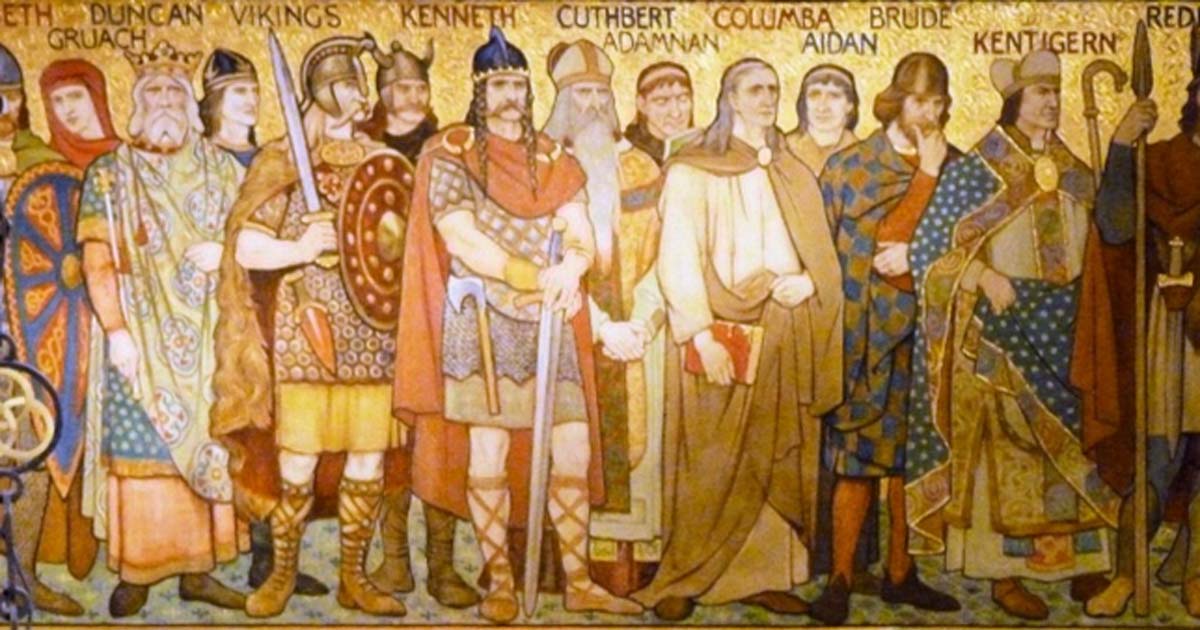



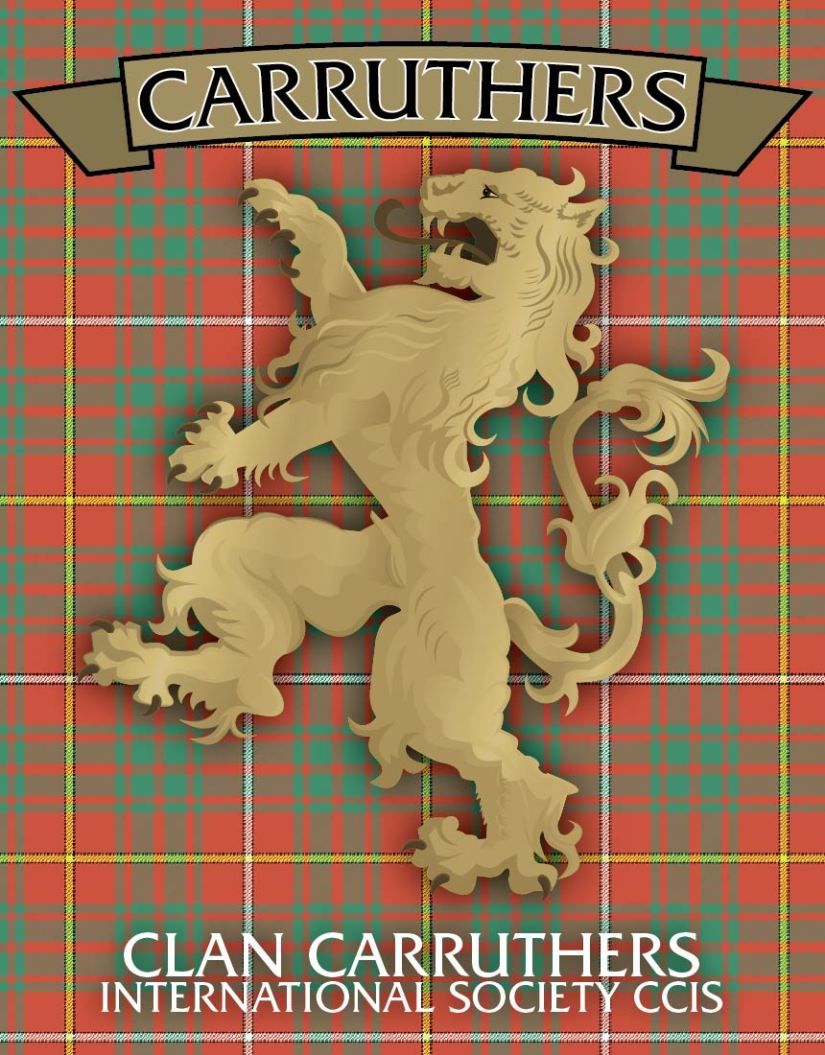

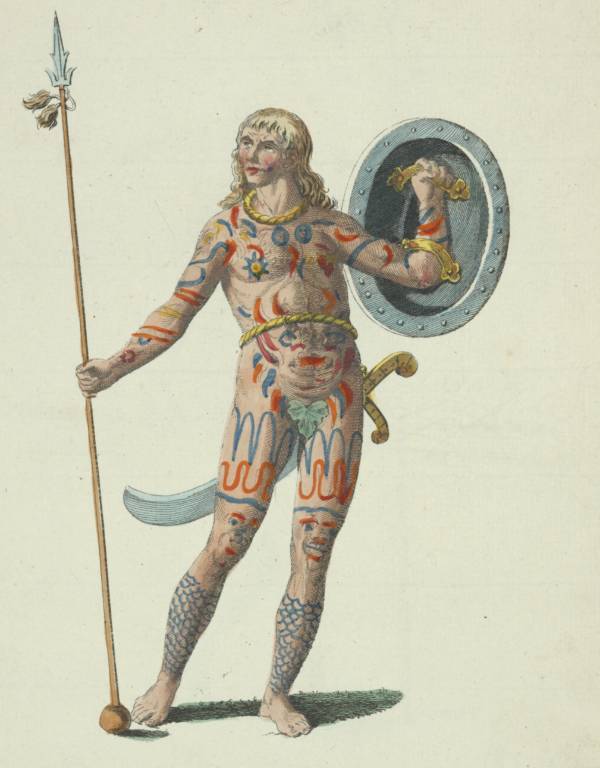
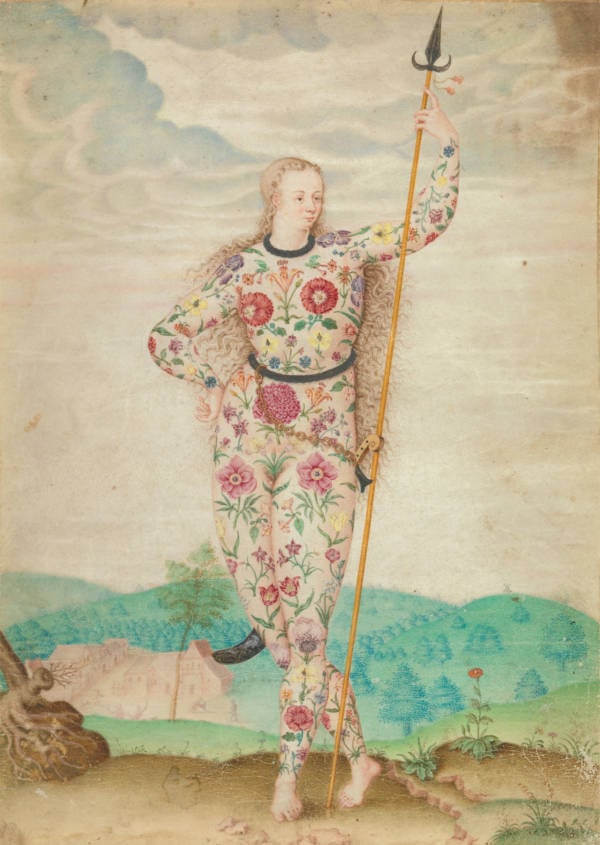
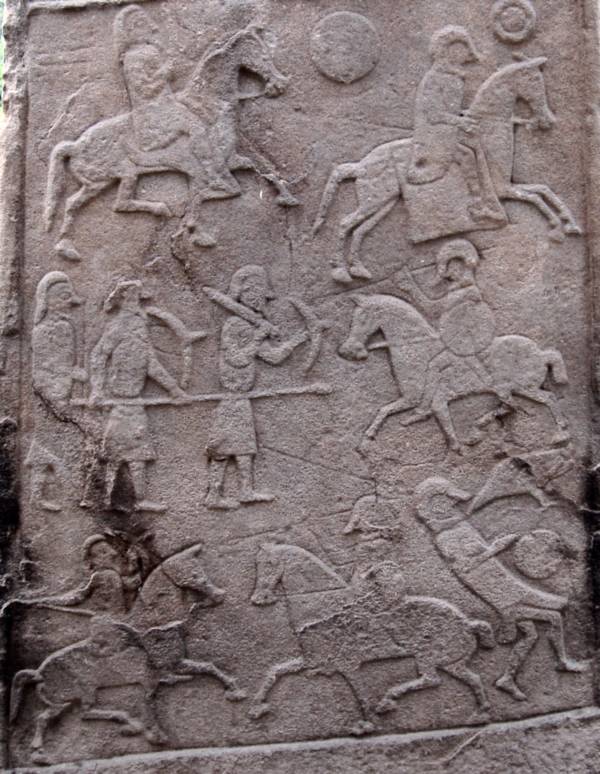

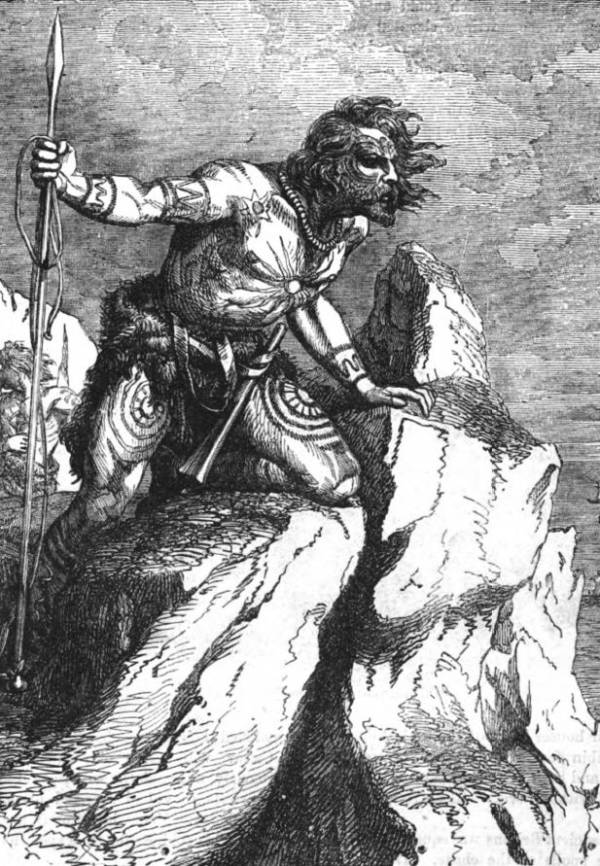
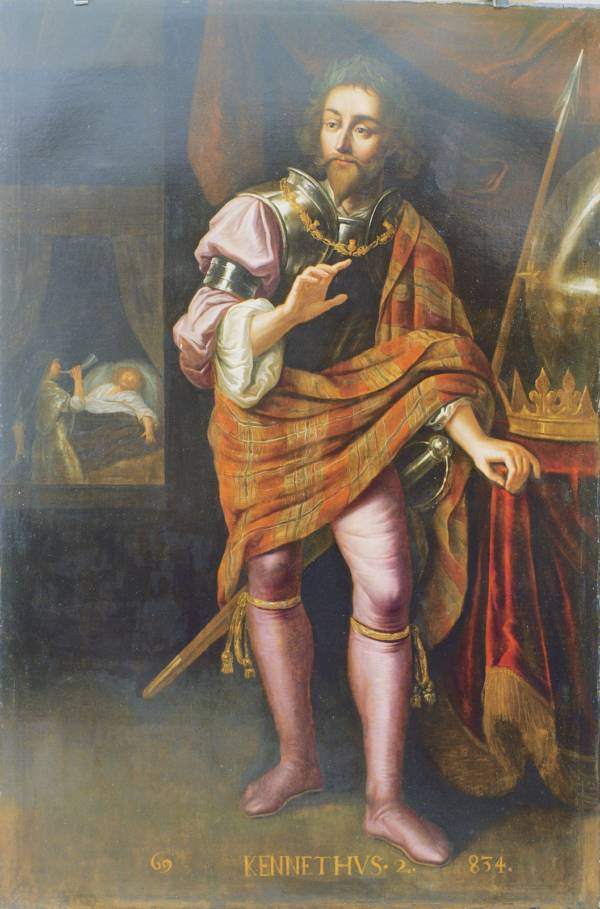


You must be logged in to post a comment.